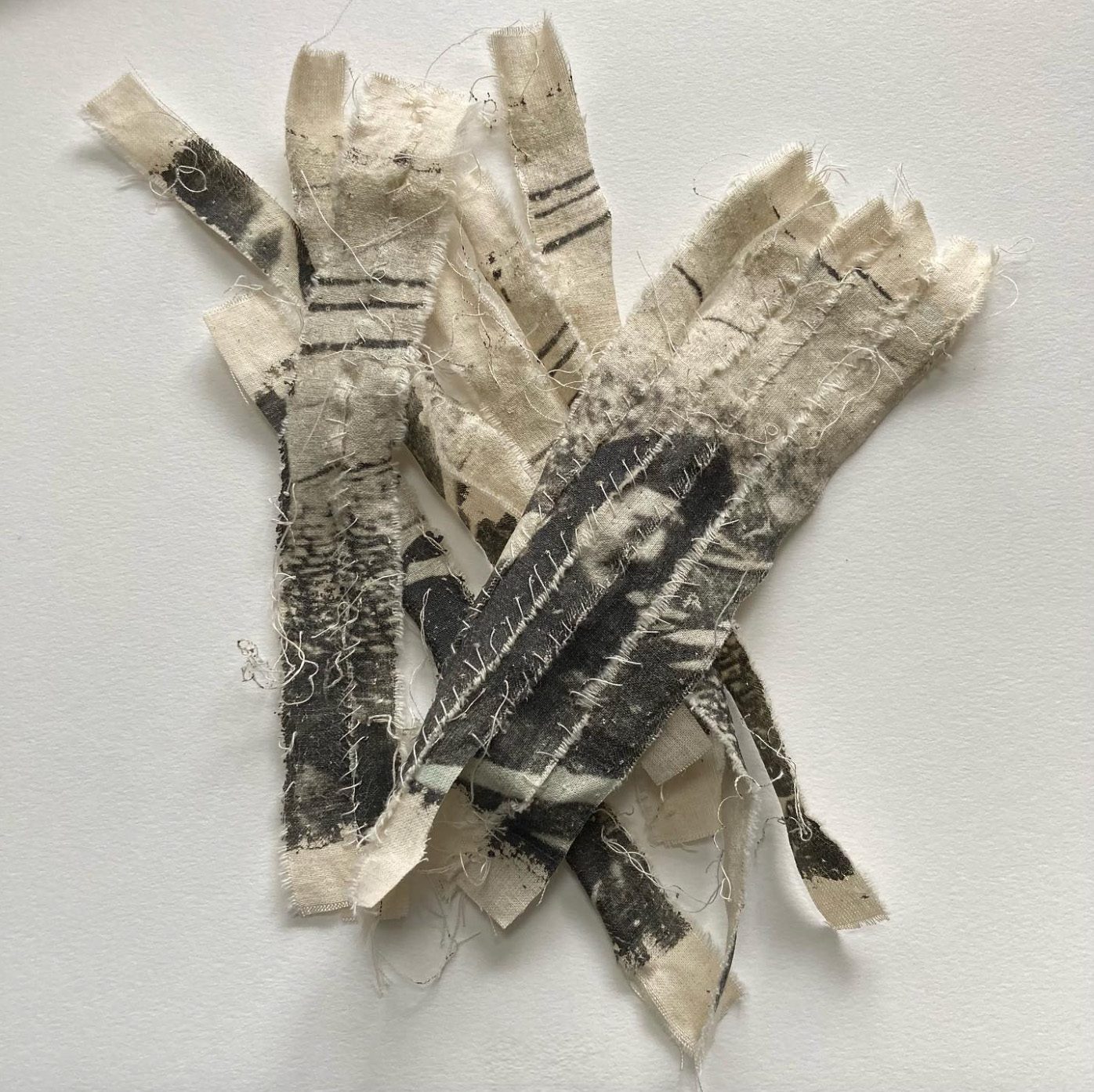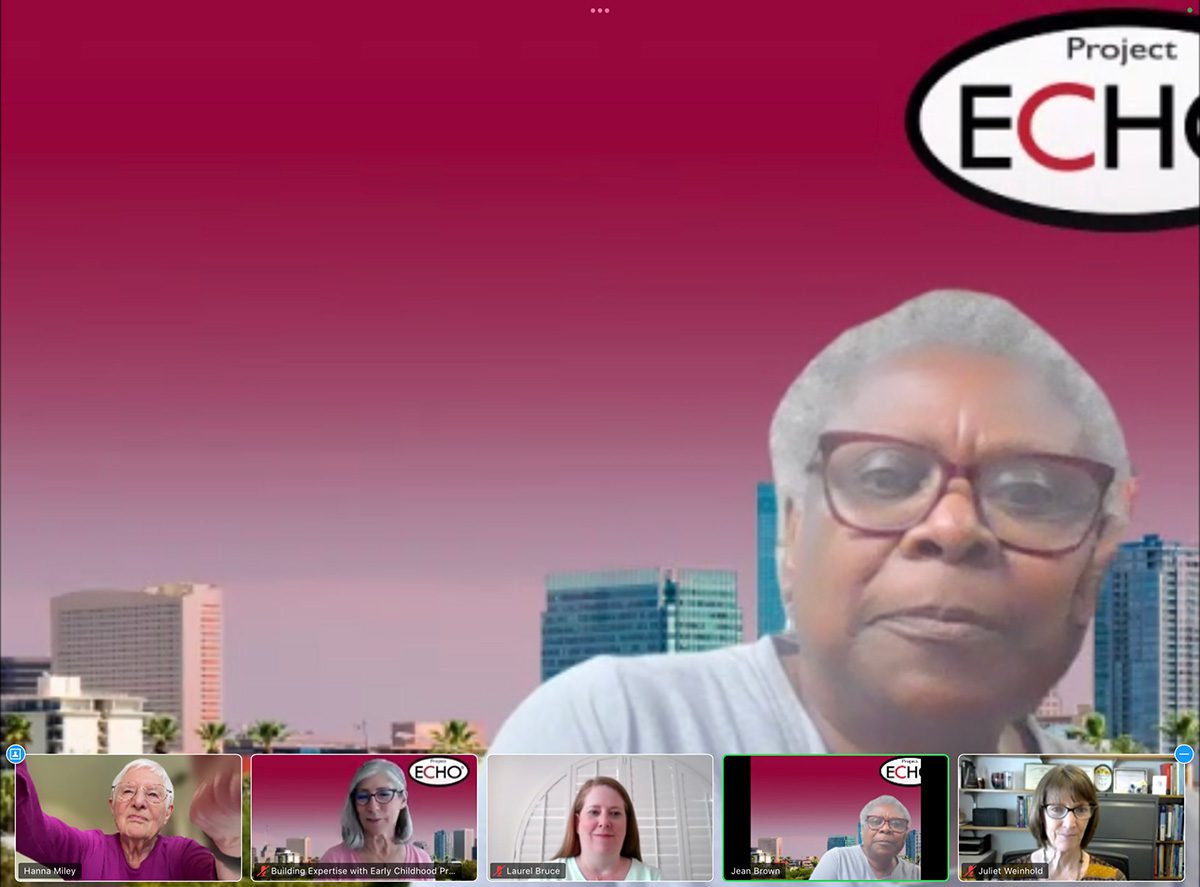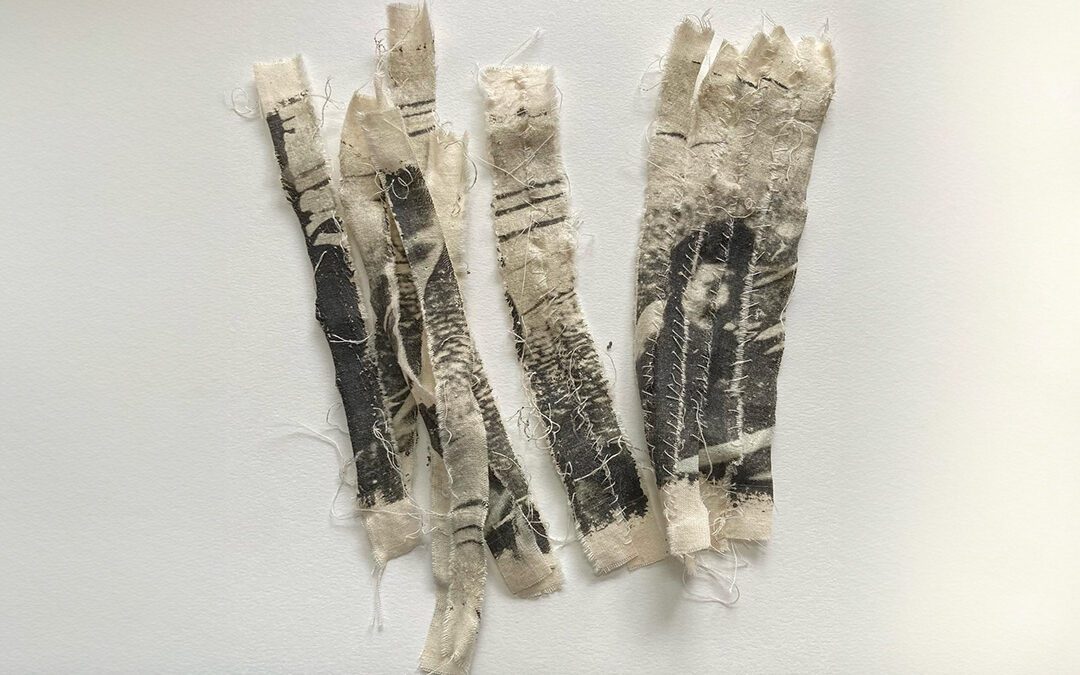Art by Laura Nathan
A Metaphor for Love and Loss
This morning Laura Nathan posted two photographs on Instagram with a meditation on the metaphors she had discovered while reading A Garland for Ashes.
I have stitched and torn apart and restitched and torn apart this image several times. Each time it gets harder to reconstruct the image and the fabric becomes more delicate. I continue to feel guided by @hanna.miley and the metaphorical language she uses when she writes about her Kindertransport narrative. To me, Hanna brings a new dimension to the symbolism of textiles. Here are a few of Hanna’s quotes taken from her book “A Garland For Ashes “ which inform my work.
“I lay out scraps of my mothers story, turn them over and hold them up to the light, thankful for each little detail made known to me and mourning the loss of all the missing pieces “. “ Our separation was like a carefully sewn garment being torn into two parts. I heard again the sound of ripping. I saw each piece left with raw uneven edges and broken threads floating in the air” “ How did he understand that some little material fragment of the past would mean so much to me? My parents really had really existed; this actually happened to them”. “My mother expressed her love and beauty and colour in the garments she knitted, sewed and embroidered”
Laura is a British textile artist and she was drawn to the way I tried to grasp my faint memories by using the metaphor of fabric.

Art and photo by Laura Nathan
It is morning in Phoenix I have read Laura’s post and now in the shower my creative thoughts are released.
Closed in to the sound of water, I think about fabric memories and two dresses from my childhood appear on the screen of my thoughts.
I am back in Gemünd, it is summer time and my mother has sown a sundress for me, her only child.
I can feel the material, light and soft, with big white circles on a grey, blue background. Designed to slip easily over a young child’s head, fastened with two bows on the shoulders.
She packed the sundress in the trunk that travelled with me from Köln to Coventry in July 1939.
I wore it that first summer without her.
September 2, 1945,World War 2 came to an end. Recovery in Britain was slow, food and clothing choices were limited for several years.
I can feel the scratchy material of my new dress and see the loathsome color, a sort of greenish kakhi, ill-fitting with a tight, uncomfortable neckline.
I must have been in my early teens but I don’t think I was part of the buying decision.
Memories are funny things. Recalling clothing, fabrics, colors and fit can lead to deeper understandings of the past, of love and loss.
Today, I wear a pima cotton t-shirt in glowing magenta, a color that I love, with soft, relaxed, kakhi sweat pants, ready for my zoom lecture:
Late Have I Loved You, Breaking Free from the Bonds of Silence part of a series, War, Children & Their Families.

Speech and Hearing Science Department Zoom

